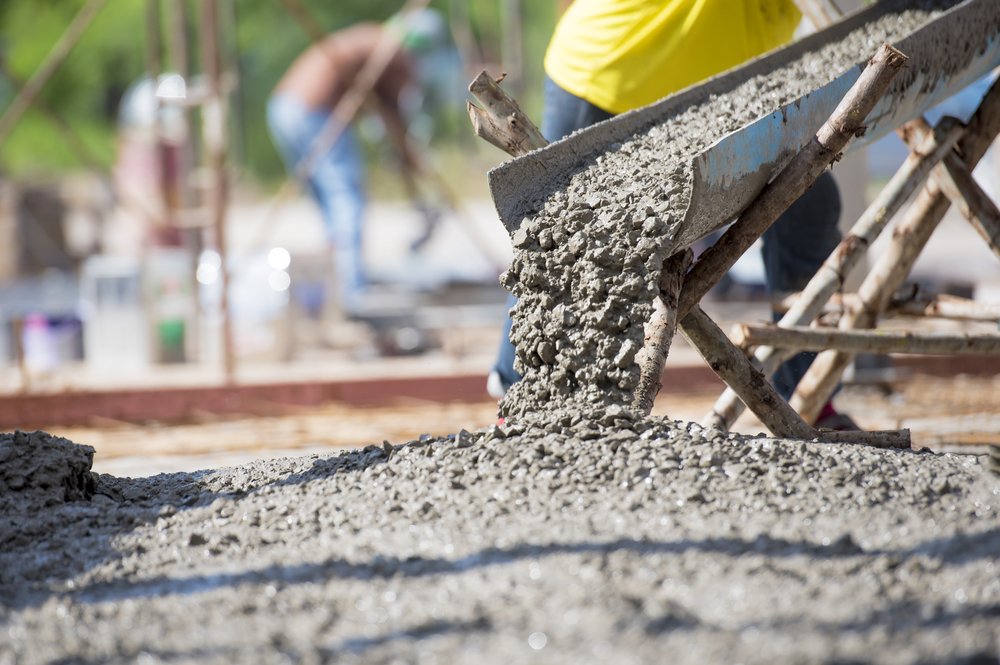
Cement absorbs CO2 emissions from the atmosphere
Cement found to absorb CO2 emissions from the atmosphere
In recent years, cement manufacturing has come under fire by environmentalists due to the high levels of carbon dioxide realized in the process. But a new study indicates that over time, most of the carbon dioxide emitted gets absorbed by building materials.
A team led by Steven Davis, associate professor of Earth system science at the University of California, Irvine, published a study in Nature Geoscience, reporting that cement can be an effective “sink” for carbon dioxide emissions. “Sink” is a term often used to refer to anything that removes large amounts of carbon dioxide from the atmosphere and hides it away so that it can no longer contribute to climate change.
According to Davis, “it sounds counterintuitive, but it’s true. The cement poured around the world since 1930 has taken up a substantial portion of the CO2 released when it was initially produced.”
David and his team, that included colleagues from Europe, China, and other U.S. institutions, measured the CO2 emissions released during manufacturing and compared them to the amount of CO2 ultimately reabsorbed by the material. They determined that “cement is a large, overlooked and growing net sink” for CO2 emissions.
During cement manufacturing, CO2 is released into the atmosphere when limestone (calcium carbonate) is converted to lime (calcium oxide). Fossil fuels are also burned to generate the heat required to break up limestone.But through a process known as carbonation, CO2 is absorbed the pores of cement materials like concrete.
It is estimated that over 76 billion tons of cement were produced worldwide from 1930 to 2013, releasing a total of 38.2 gigatons of CO2 were released into the atmosphere. However, the team concluded that 43% of those emissions were gradually reabsorbed.
According to Davis, “cement has gotten a lot of attention for its sizable contribution to global climate change, but this research reinforces that the leading culprit continues to be fossil fuel burning.”













